If you do a small research on the Internet, you will notice many recipes that include fresh mint leaves.
In addition to meals like spaghetti with mint and chocolate ice cream with mint, many fresh drinks include this refreshing herb.
Mint leaves are known for their interesting smell and taste, but this is not the only reason why people use mint leaves – they come with many health benefits too. People have used mint leaves (their fragrance) to cure nausea and headaches.
In addition, those who have experienced certain digestive problems like loss of appetite or upset stomach were drinking mint tea.
There are many commercial and homemade balms used for respiratory problems including mint too because this herb is known for its positive effects on airways and for clearing irritation and allergies.
In addition, many skin care products and oral care solutions include mint.
Mint leaves have proven to be effective for people who are trying to lose weight, get rid of chronic fatigue and depression, improve their memory, and even fight cancer.
In other words, mint is a very versatile healthy herb.
When we talk about cooking and preparing beverages, mint leaves are an integral part of many popular recipes. The reason is simple – they have a distinctive taste and smell that can spice up every drink and meal.
However, there are situations in which people don’t have access to mint.
If you are in a situation like this don’t get frustrated because many alternatives to mint leaves can provide similar effects!
Alternatives to Mint Leaves
1. Marjoram
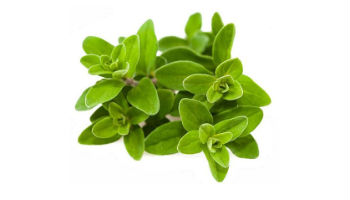
Marjoram is a member of the mint family. In some countries, the variety of marjoram found in the wilderness is called oregano. Marjoram is frequently used in Italian dishes. This healthy herb is used for the preparation of different soups, casseroles, and sauces. It can also be combined with eggs, vegetables, poultry, meat, and bread.
2. Basil
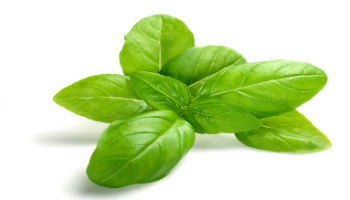
This herb is also a member of the mint family, so it is quite logical to expect similar properties from basil. Basil is another herb that people in the past used for its healing properties. It is a great addition to many sauces, dressings, and certain dishes. Some Italian dishes would not be the same without basil and Italians often use it in combination with salmon, chicken, tomatoes, cauliflower, corn, and beans.
3. Tarragon
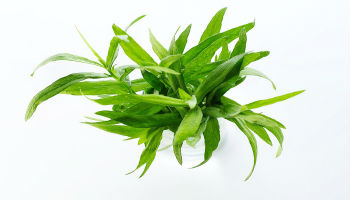
Tarragon has a very specific bittersweet taste and smell.
It is very similar to anise and when tarragon is used instead of mint leaves this is usually in situations when this herb is used in beverages.
It is highly recommended to use it in small amounts because the taste is really strong.
You can also use it in dressings and salads.
Some people use tarragon in vegetables, seafood, and egg dishes.
4. Rosemary
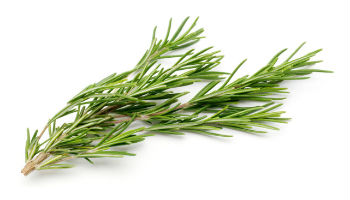
This well-known member of the mint family can replace mint leaves in many situations. Rosemary is one of the rare herbs of this type that is used as a decoration too.
When it is used in food, people usually use it with beef, lamb, and chicken. In addition, it can be used in soups, stews, dressings, and liver pates.
5. Shiso
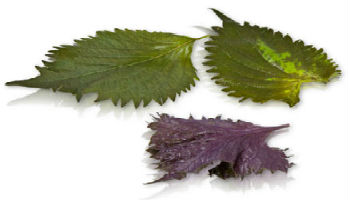
This herb was used in Japanese folk medicine for centuries. Those who have tasted it say that shiso tastes like a combination of basil and mint. Certain parts of shiso like the seeds, sprouts, and leaves can be used in many cold dishes and in salads too.
6. Lavender
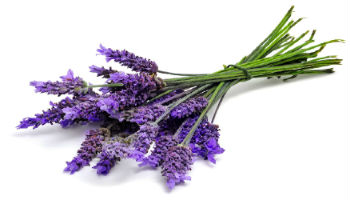
Lavender is often found in modern skincare and hair care products. This is another member of the mint family that can be used as a suitable replacement for mint leaves. It is mostly used in beverages. Keep in mind that you should use lavender carefully in refreshing drinks like iced tea because the drink can become bitter. In addition, this interesting herb is used in salad dressings, chicken, potatoes, and jams.
Via Health Digezt
